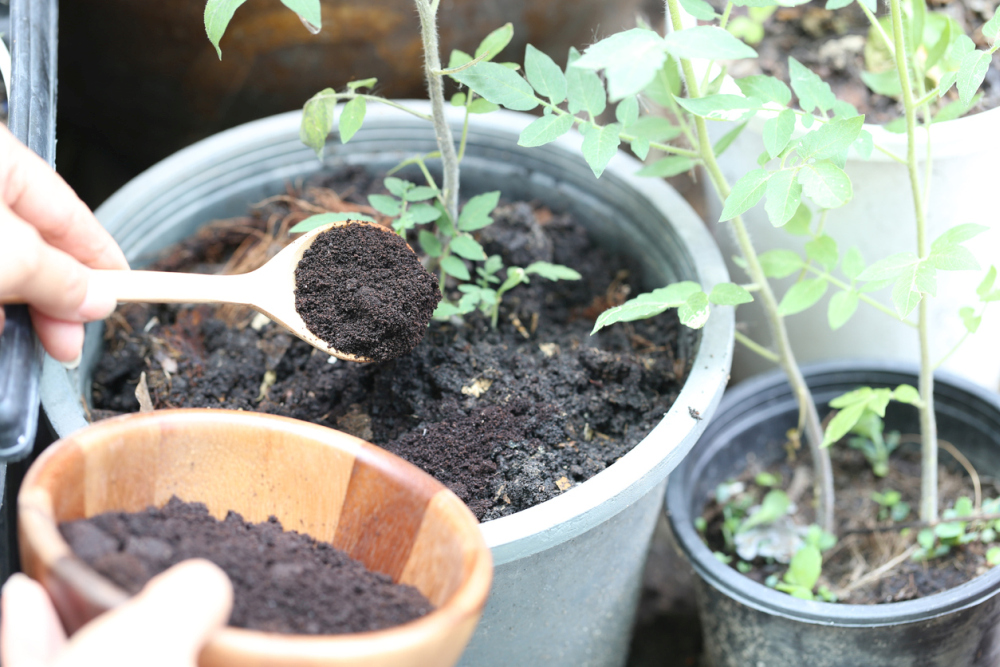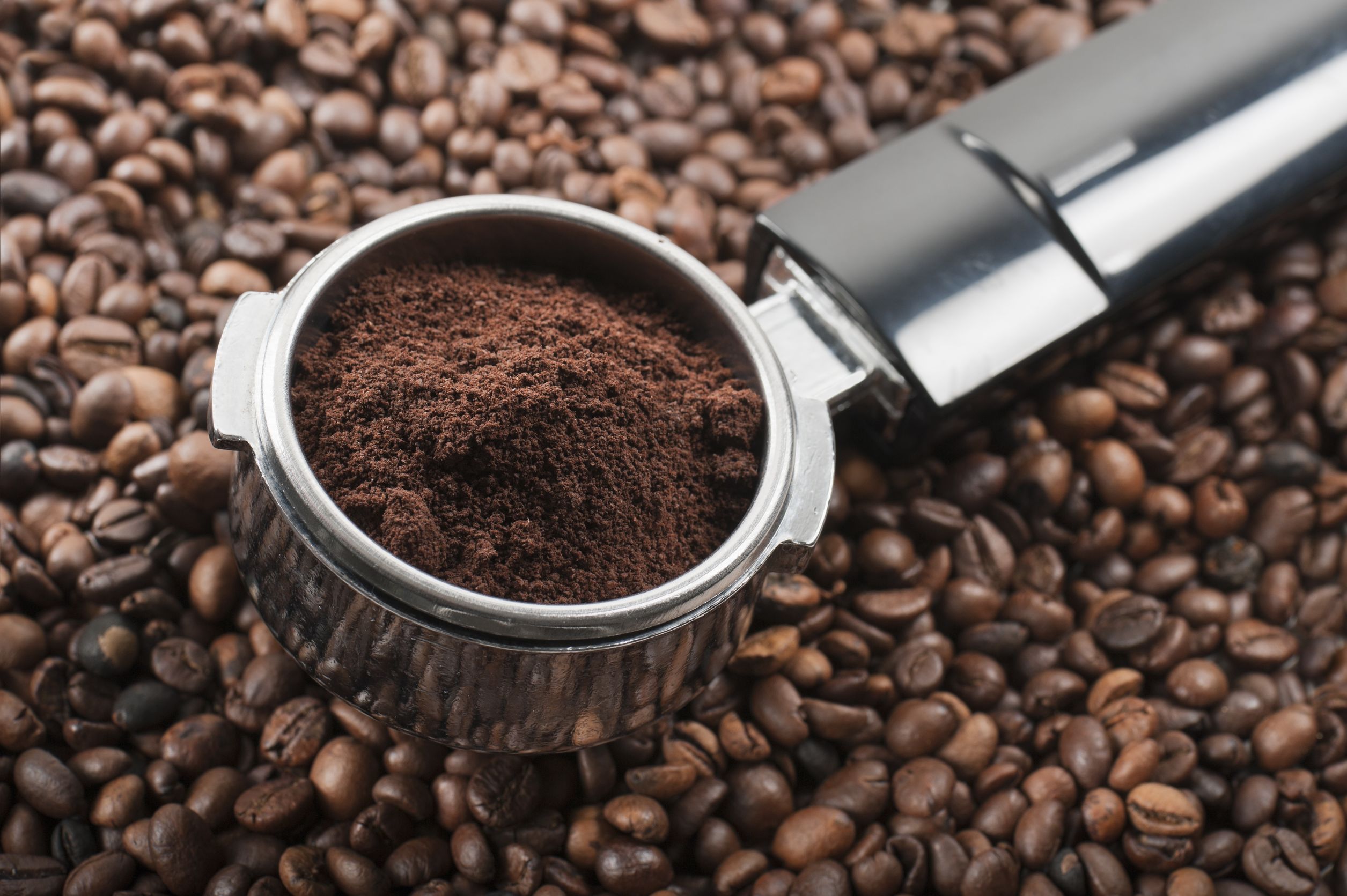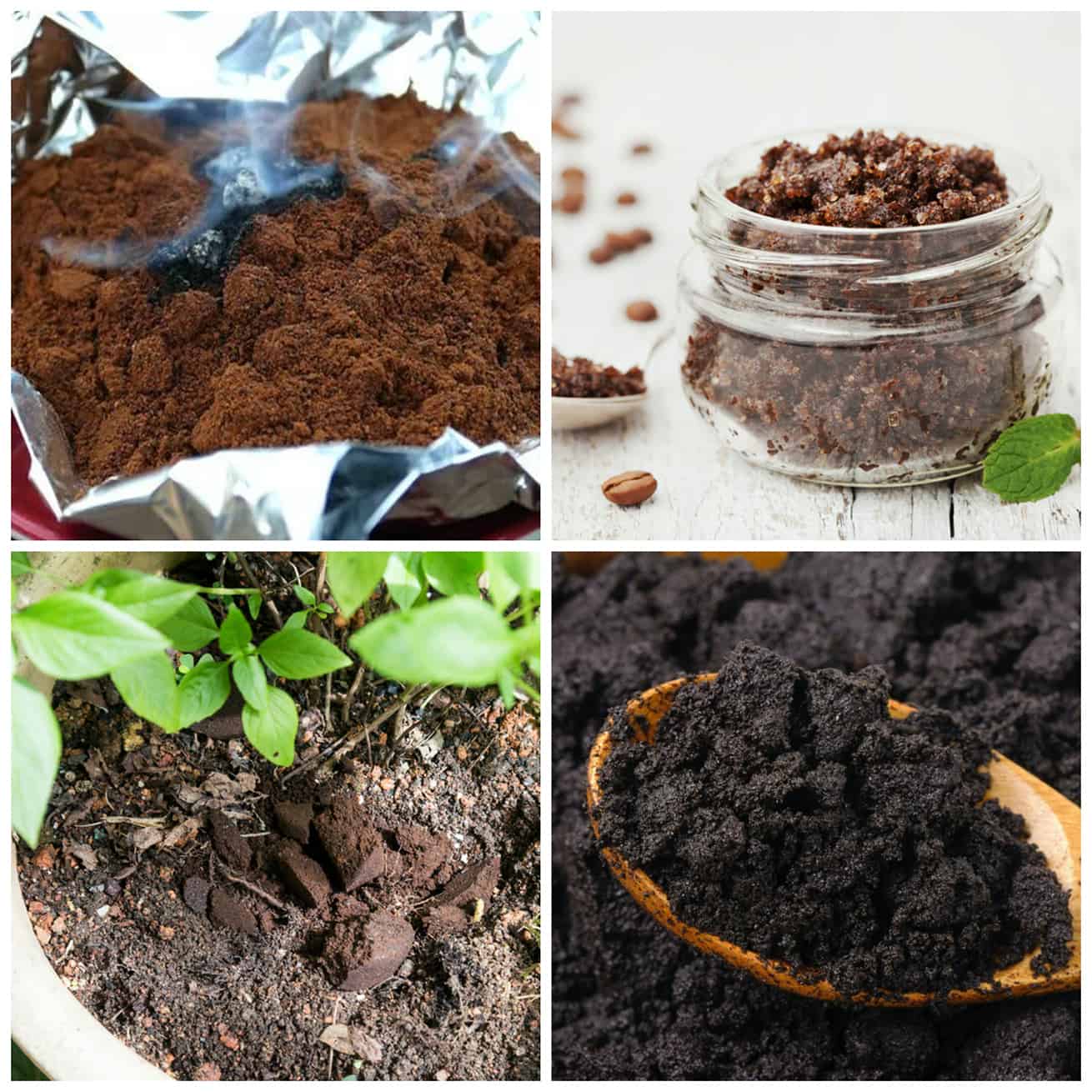Breathing New Life into Your Morning Brew
Every day, millions of coffee lovers around the world discard their used coffee grounds, unaware of the hidden potential these seemingly worthless remnants hold. However, with a little creativity and resourcefulness, old coffee grounds can be transformed into a valuable resource, reducing waste and minimizing the carbon footprint of coffee production. By learning how to use old coffee grounds, individuals can make a significant impact on the environment while also discovering new and innovative ways to repurpose a material that would otherwise end up in landfills. From composting and skincare to pest control and art projects, the possibilities are endless, and it all starts with a simple mindset shift: viewing used coffee grounds as a valuable resource rather than a waste product. By adopting this mindset, individuals can unlock the full potential of old coffee grounds and start exploring the many ways to reuse them.
Composting with Coffee Grounds: A Natural Fertilizer
One of the most effective ways to reuse old coffee grounds is by adding them to your compost pile. This natural process breaks down the organic matter into a nutrient-rich fertilizer that can benefit your garden. To get started, it’s essential to understand the ideal ratio of “green” to “brown” materials in your compost pile. Aim for a mix of 2/3 “brown” materials, such as dried leaves or shredded newspaper, and 1/3 “green” materials, like food scraps or grass clippings. When adding old coffee grounds, start with a small amount (about 10-15%) and mix well with the other compost materials. As the coffee grounds decompose, they will release nitrogen, phosphorus, and potassium, creating a natural fertilizer that promotes healthy plant growth. By learning how to use old coffee grounds in composting, individuals can reduce their waste output and create a sustainable gardening practice.
Skincare Secrets: How Coffee Grounds Can Revitalize Your Skin
Coffee grounds are not only beneficial for the environment, but they also hold secrets to revitalizing your skin. The antioxidant and anti-inflammatory properties present in coffee grounds make them an excellent natural ingredient for skincare. One way to use old coffee grounds is as a natural exfoliant. Simply mix 1-2 tablespoons of coffee grounds with 1 tablespoon of coconut oil or olive oil to create a gentle scrub that removes dead skin cells and leaves your skin feeling smooth and refreshed. Another way to utilize coffee grounds is by creating a face mask. Combine 2 tablespoons of coffee grounds with 1 tablespoon of honey and 1 tablespoon of yogurt to create a mask that reduces inflammation and leaves your skin looking radiant. Additionally, coffee grounds can be used as a body scrub to reduce the appearance of cellulite and improve skin texture. By learning how to use old coffee grounds in skincare, individuals can create natural and effective beauty products that promote healthy and glowing skin.
Coffee Grounds as a Natural Pest Repellent
Old coffee grounds can be a valuable asset in the garden, serving as a natural deterrent for unwanted pests. Ants, snails, and slugs are particularly repelled by the caffeine and acidity present in coffee grounds. To use old coffee grounds as a natural pest repellent, simply sprinkle a thin layer around the affected areas. The caffeine will disrupt the pests’ nervous systems, causing them to avoid the area. Additionally, the acidity in coffee grounds will create an unpleasant environment for these pests, further deterring them from entering the area. By learning how to use old coffee grounds as a natural pest repellent, gardeners can reduce their reliance on chemical pesticides and create a more sustainable gardening practice. This eco-friendly approach not only benefits the environment but also promotes a healthier ecosystem. Furthermore, using coffee grounds as a pest repellent can be a cost-effective solution, as it eliminates the need for expensive chemical products.
Get Creative: Using Coffee Grounds in Art and Craft Projects
Old coffee grounds can be a versatile medium for art and craft projects, offering a unique texture and natural color. One way to use old coffee grounds is by creating natural dyes for fabric, paper, or other materials. Simply boil the coffee grounds in water to create a rich, brown dye that can be used to add a touch of earthiness to your projects. Another creative way to reuse old coffee grounds is by incorporating them into painting. Mix coffee grounds with water to create a textured, impasto effect that adds depth and interest to your artwork. Additionally, coffee grounds can be used to create unique, handmade paper. By mixing coffee grounds with pulp and water, you can create a paper with a natural, earthy texture that is perfect for crafting and writing. By learning how to use old coffee grounds in art and craft projects, individuals can reduce waste, get creative, and produce unique pieces that showcase their imagination and resourcefulness.
Coffee Grounds as a Natural Odor Absorber
Old coffee grounds possess a unique ability to absorb and eliminate unpleasant odors, making them a valuable asset in the fight against fridge, freezer, and closet odors. The science behind their odor-absorbing properties lies in their high surface area and porous structure, which allows them to trap and neutralize odor-causing molecules. To use old coffee grounds as a natural odor absorber, simply place a small amount in a cloth bag or wrap them in a paper towel and leave them in the affected area. The coffee grounds will absorb the odors, leaving the air fresh and clean. This eco-friendly approach to odor control is not only effective but also cost-efficient, as it eliminates the need for expensive air fresheners or odor eliminators. By learning how to use old coffee grounds as a natural odor absorber, individuals can reduce waste, save money, and create a fresher, healthier environment. Additionally, this creative reuse of old coffee grounds can be applied to a variety of situations, from eliminating musty smells in basements to freshening up gym bags and lockers.
Using Coffee Grounds in Your Garden: Beyond Composting
Beyond their role in composting, old coffee grounds can be used in a variety of ways to improve the health and appearance of your garden. One effective way to use old coffee grounds is as a mulch. By spreading a layer of coffee grounds around your plants, you can retain moisture, suppress weeds, and regulate soil temperature. Additionally, coffee grounds can be used as a natural weed suppressor. The high nitrogen content in coffee grounds inhibits the growth of weeds, allowing your desired plants to thrive. Another innovative way to use old coffee grounds is as a soil amendment. By mixing coffee grounds into your soil, you can improve drainage, aeration, and overall soil structure. This is especially beneficial for plants that prefer well-draining soil, such as succulents and cacti. By learning how to use old coffee grounds in your garden, individuals can create a more sustainable and thriving outdoor space. Furthermore, this creative reuse of old coffee grounds can help reduce waste and minimize the environmental impact of coffee production.
Conclusion: The Endless Possibilities of Reusing Old Coffee Grounds
As we’ve explored throughout this article, old coffee grounds offer a multitude of creative and practical uses beyond their initial purpose as a morning brew. From composting and skincare to pest control and art projects, the possibilities for reusing old coffee grounds are truly endless. By learning how to use old coffee grounds in these innovative ways, individuals can reduce waste, minimize their environmental impact, and unlock a world of creative possibilities. Whether you’re a gardener, artist, or simply someone looking to live a more sustainable lifestyle, there’s no denying the value of reusing old coffee grounds. So, get creative and experiment with new ways to reuse old coffee grounds – you never know what hidden potential you might uncover. By embracing the concept of reuse and recycling, we can work together to create a more sustainable future, one cup of coffee at a time.









